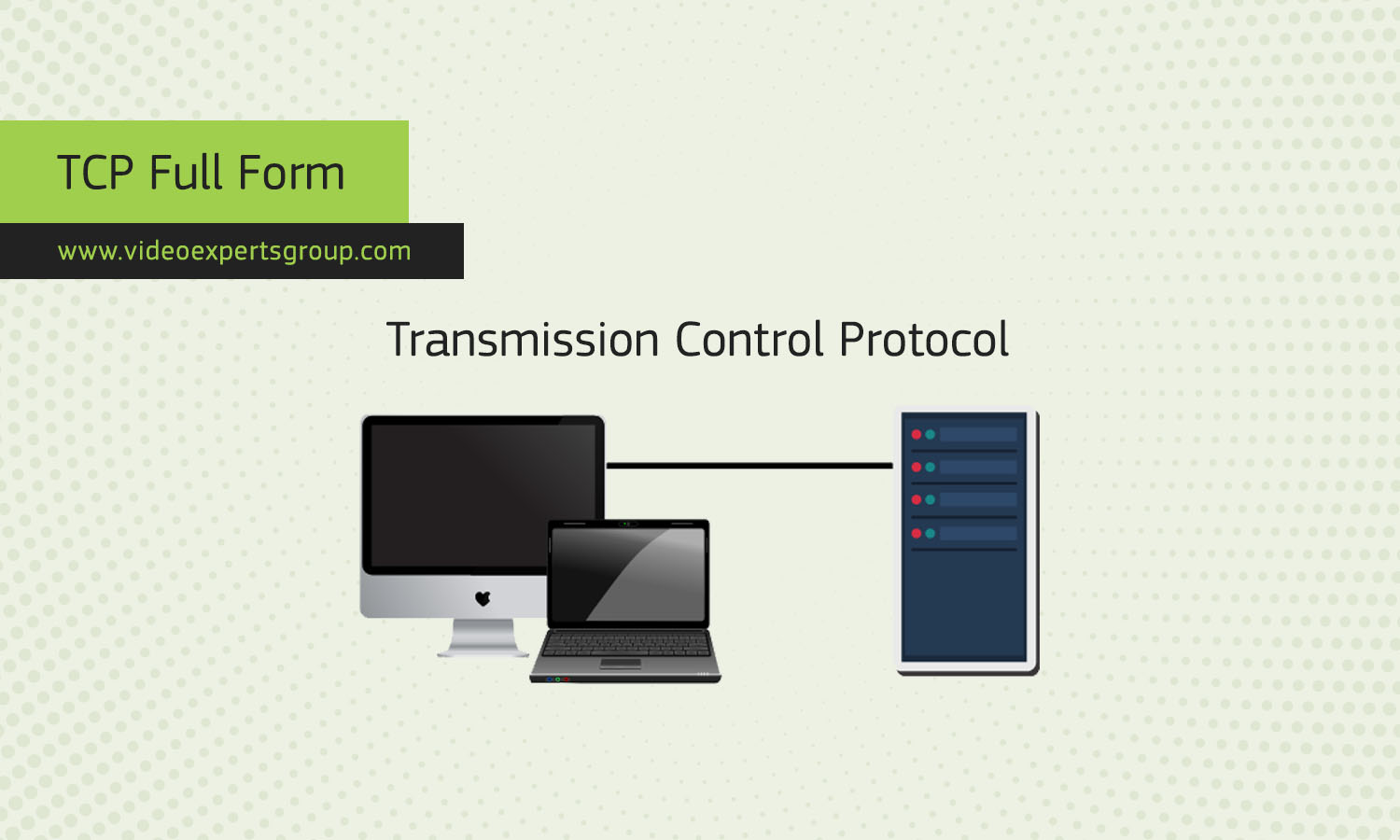TCP is a vital part of the internet, making sure data gets where it needs to go reliably and accurately. Its role in managing connections, working alongside IP, and using ports to organize traffic ensures smooth and efficient communication over the network.
Meaning
TCP stands for Transmission Control Protocol. It's a core part of how the internet works, allowing computers and devices to communicate with each other. TCP ensures that data sent from one device reaches another device accurately and in the correct order.
What is TCP Used For?
TCP is used to manage the connection between devices on a network. It breaks down data into smaller packets, sends them over the network, and then reassembles them at the destination. This makes sure that even if some packets take different routes, they still arrive correctly and can be put back together. TCP is used for many common internet activities, like browsing the web, sending emails, and streaming videos, where accurate and reliable data transfer is essential.
Is TCP the Same as IP?
No, TCP is not the same as IP. While TCP is responsible for ensuring data is sent and received correctly, IP (Internet Protocol) is responsible for addressing and routing the packets of data to the correct destination. They work together in what is called the TCP/IP protocol suite. Think of IP as the system that delivers your mail to the right address, and TCP as the system that makes sure all parts of the letter are intact and in the correct order when they arrive.
TCP Ports
TCP uses ports to manage different types of network traffic. A port is like a door through which data enters or leaves a device. Each type of service, like web browsing or email, uses a specific port number. For example, web traffic typically uses port 80 (for HTTP) or port 443 (for HTTPS). These ports help keep different types of internet traffic organized and ensure that the data gets to the correct application or service on a device.
















